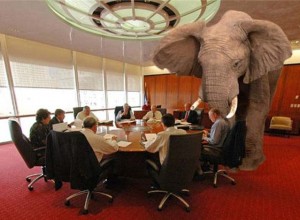 On November 1, the countdown of ‘what I am thankful for this year’ began with a few of my Facebook friends and family. These thankful heartwarming posts to Facebook are filled with love, humor, and some wonderful stories. I have truly enjoyed reading these each day. They have served as a reminder of what I have to be thankful for. So before everyone’s week gets crazy with holiday traveling, plans, cooking, and family, I just wanted to take a moment to share a few things I thankful for with hopes you will do the same and add to the list. Ready?
On November 1, the countdown of ‘what I am thankful for this year’ began with a few of my Facebook friends and family. These thankful heartwarming posts to Facebook are filled with love, humor, and some wonderful stories. I have truly enjoyed reading these each day. They have served as a reminder of what I have to be thankful for. So before everyone’s week gets crazy with holiday traveling, plans, cooking, and family, I just wanted to take a moment to share a few things I thankful for with hopes you will do the same and add to the list. Ready?
- I am thankful for being rich where it matters – family, love, and life.
- I am thankful for my family. I have a beautiful, healthy children and grandchildren who are the lights of my life. I have a great partner who is an incredible father, help mate, and co-conspirator in living life. I have a mother, father, and a sister whom I adore and are also so very important to me and my life.
- I am thankful for the many amazing friends and acquaintances in my life especially the friends that love and support me no matter my good days, bad days, goofy days, or boneheaded days.
- I am thankful I am employed. Not only do I have the ability to pay my bills and take care of my family, I get to work in a supportive environment where I am growing and learning each day.
- I am thankful for my comfortable home. I don’t have everything but I have enough and I have what is important.
- And the list could go on. . .
Thinking these through has helped put my priorities back into perspective, which is a good thing before Black Friday! I hope each of you have a wonderful thanksgiving holiday and have the opportunity to take inventory of your many blessings. May we all find peace, love, and thankfulness not just during this time of celebration but always.
 About the Author: Julie Havens is the office coordinator at University of Oregon’s Community Service Center, where she supports its four fabulous programs: Community Planning Workshop (CPW), Resource Assistance for Rural Environments (RARE), Oregon Partnership for Disaster Resilience (OPDR), and Economic Development Administration University Center (EDAUC). Stop by Hendricks 111 to say hi if you get a chance!
About the Author: Julie Havens is the office coordinator at University of Oregon’s Community Service Center, where she supports its four fabulous programs: Community Planning Workshop (CPW), Resource Assistance for Rural Environments (RARE), Oregon Partnership for Disaster Resilience (OPDR), and Economic Development Administration University Center (EDAUC). Stop by Hendricks 111 to say hi if you get a chance!

